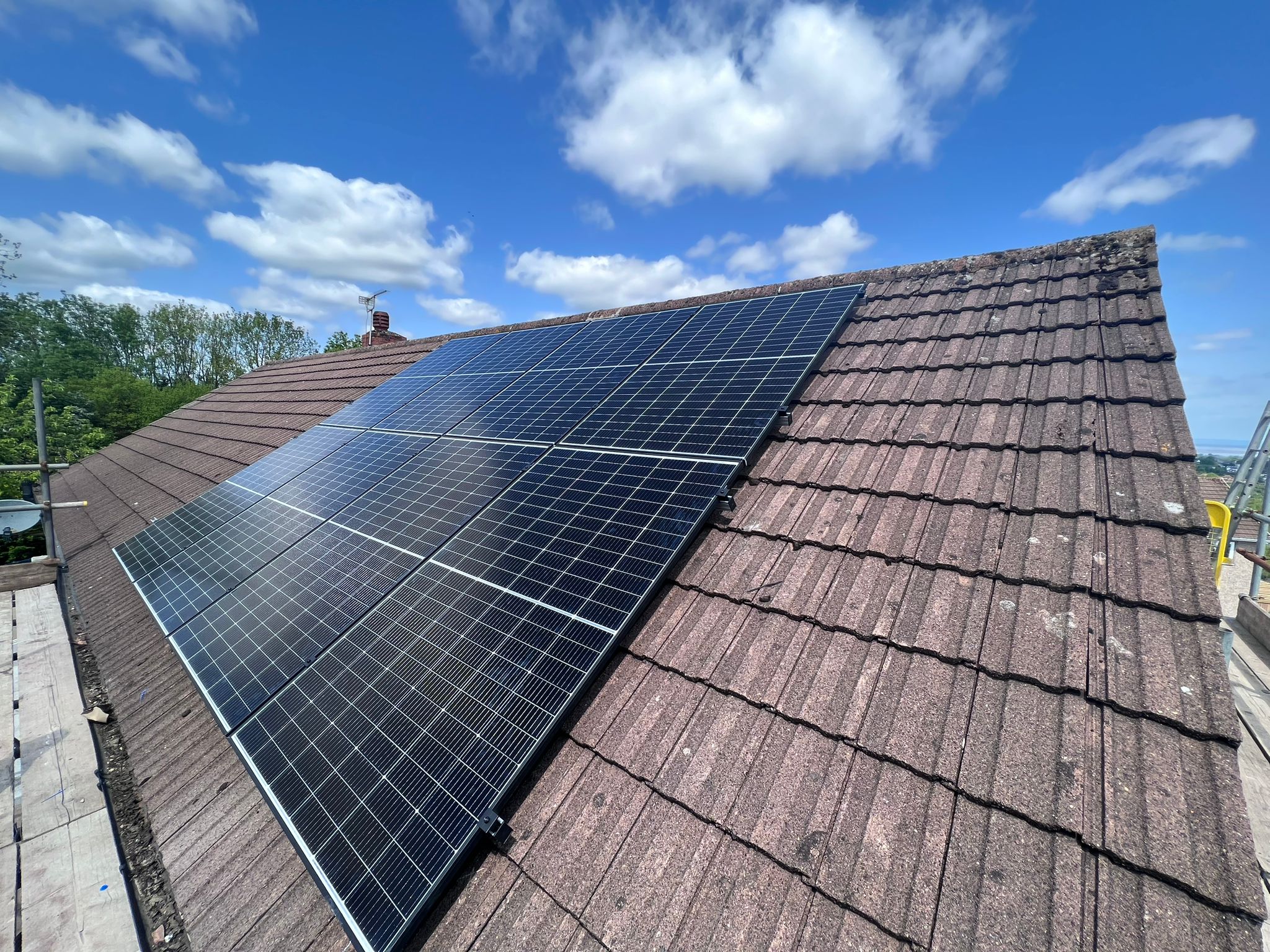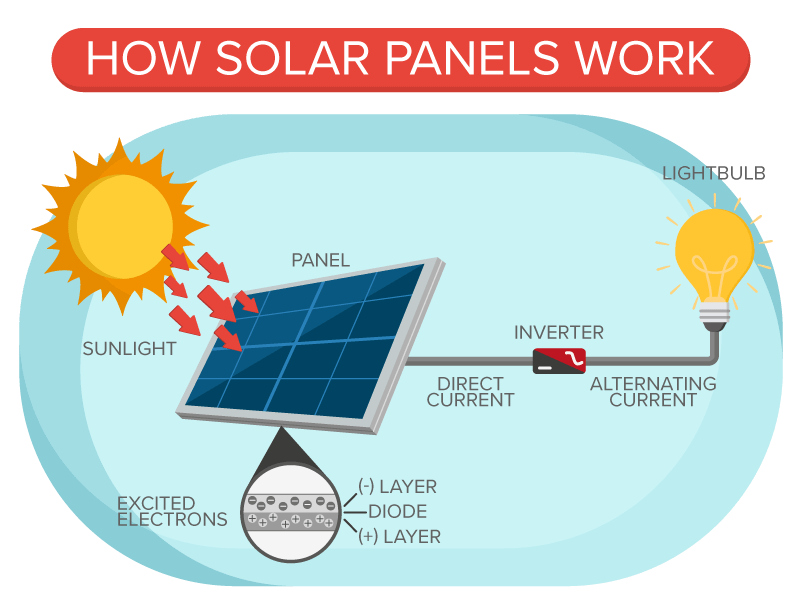Have you thought about how solar panels work? Solar energy has emerged as a sustainable and environmentally friendly alternative to traditional energy sources. At the heart of solar power generation are solar panels. In this blog, we will delve into the workings of solar panels, exploring how they convert sunlight into clean electricity and why they are becoming increasingly popular worldwide.
1. The Basics of Solar Panels:
Solar panels, also known as photovoltaic (PV) panels, are composed of multiple solar cells that work together to generate electricity. These cells are primarily made of silicon, a semiconductor material that has unique properties for converting sunlight into usable energy.
2. The Photovoltaic Effect:
The key principle behind solar panels is the photovoltaic effect. When sunlight strikes the solar cells, it excites the electrons within the silicon atoms, causing them to break free and create an electric current. This process is entirely silent, emission-free, and relies solely on the sun’s energy.
3. Construction of Solar Panels:
Solar panels consist of several layers designed to enhance their performance. The top layer is a transparent protective cover that allows sunlight to pass through while safeguarding the inner components from external elements. Beneath the cover is an anti-reflective coating that reduces light reflection and increases light absorption.
4. The Importance of Solar Cells:
The solar cells are the heart of a solar panel. They are usually made of crystalline silicon or thin-film materials such as amorphous silicon or cadmium telluride. These cells contain positively and negatively charged layers that create an electric field when exposed to sunlight.


5. How Solar Cells Generate Electricity:
When sunlight strikes a solar cell, the photons (particles of light) transfer their energy to the electrons in the silicon atoms. This energy excites the electrons, allowing them to break free from their atomic bonds and move through the electric field within the solar cell. This movement generates a flow of electrons, creating a direct current (DC) of electricity.
6. Optimising Energy Conversion:
To maximise energy production, solar cells are designed to absorb as much sunlight as possible. Textured surfaces, metal conductors, and backside reflectors are incorporated to ensure that sunlight is absorbed efficiently and reflected light is reabsorbed.
7. From DC to AC: Inverters and the Grid:
Most household appliances and the electrical grid operate on alternating current (AC) electricity. To convert the DC electricity produced by solar panels into AC electricity, an inverter is used. The inverter also ensures that the solar system synchronises with the electrical grid, enabling excess energy to be fed back into the grid for others to use.
8. Net Metering and Energy Storage:
Solar panels often generate more electricity than what is immediately consumed. In such cases, the excess power can be fed into the grid through a process called net metering, allowing homeowners or businesses to receive credits for the energy they contribute. Alternatively, energy storage solutions, such as batteries, can store surplus electricity for use during low sunlight periods or power outages.
Solar panels are at the forefront of the renewable energy revolution. By harnessing the power of the sun, they provide clean, sustainable electricity that reduces reliance on fossil fuels. Understanding how solar panels work enables us to appreciate their efficiency, environmental benefits, and significant role in creating a greener future for generations to come.
If you’re interested in learning more and getting solar on your home, click here.

